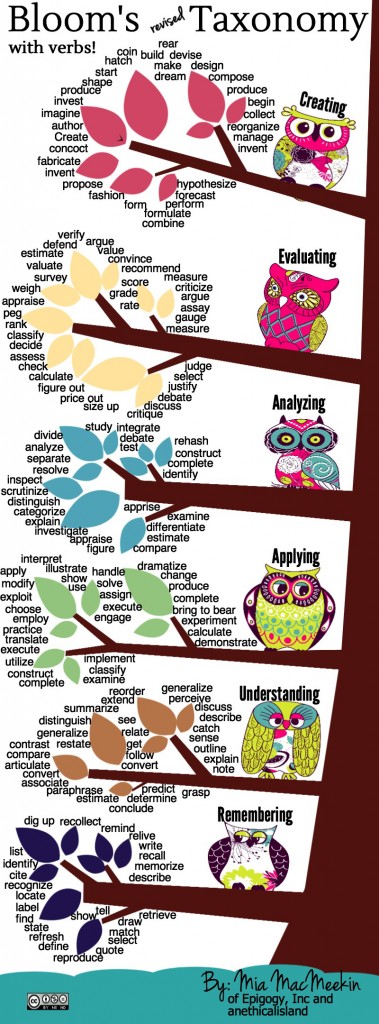Tomorrow marks the back-to-school convocation for White Oak ISD, featuring keynote speaker Angela Maiers.
Angela brings a wealth of knowledge and first-hand experience to education through her 25 years of work as an educator and through her passionate pursuit of literacy and learning. Her experiences in public school and at the university level, coupled with instructional coaching, research, writing, and publishing have given her the opportunity to launch a global movement. The YOU MATTER Manifesto, Classroom Habitudes, and Mattering IS the Agenda – A Toolkit for Transformation, are just a few of the resources she has created to help school districts capitalize on their work with students.
You Matter from Choose 2Matter on Vimeo.
The YOU MATTER Manifesto is a call to action. Before we can convince anyone else that we matter, we must first convince ourselves. You are called upon to acknowledge and put to use the gifts that have been entrusted to you. Empower yourself and realize the importance of contributing to the world by living your genius.
Mattering is a process, not an event. It has no expiration date; it’s a new way of life. Knowing that we matter is essential to our existence. Consider this Manifesto an acknowledgement of your significance and that….YOU MATTER.
In Angela’s words, “people need to matter. They need to be noticed, valued, and honored. Significance is ever more important than success.”
August 18, 2015 Agenda
– Sign in begins at 7:45 am
– Breakfast will be provided
-Keynote begins at 8:30 am





